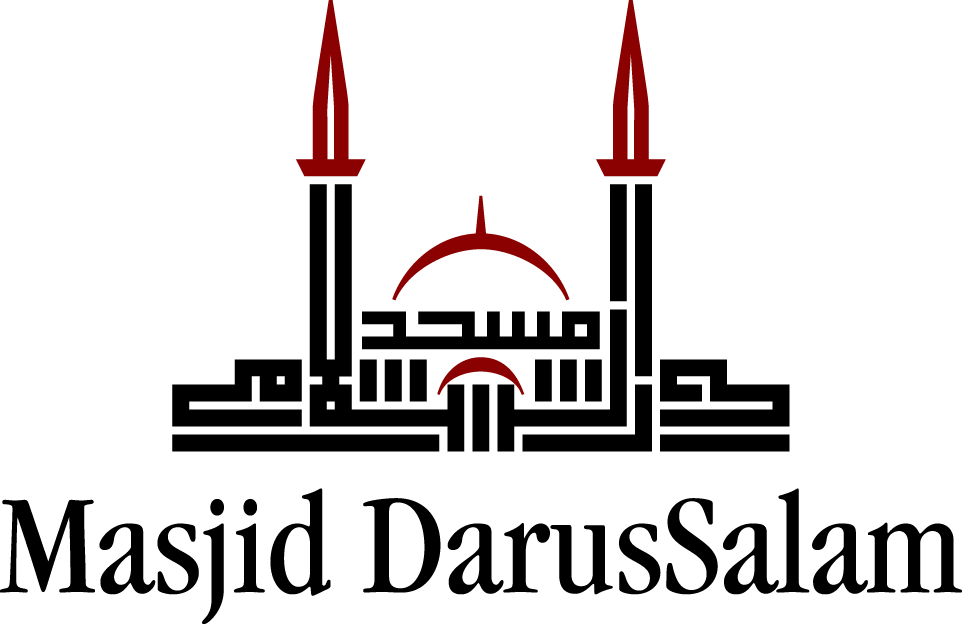Remember Cushing’s Dedication

By Rafi M. Ali, M.D.
Director of DarusSalam Seminary’s Tadrīs Integrated High School Program
There was a time when the merit of a surgeon was appraised by their surgical speed. Faster surgery meant less agony for the patient from the surgical knife (or saw). With the advent of anesthesia and aseptic techniques, surgeons could be more methodical, taking care to ligate bleeding vessels, and operating while respecting the exquisite anatomic map of the human body. Butchery evolved into an art, complications plummeted, and outcomes improved.
William Steward Halsted, the Michelangelo of surgery, essentially reinvented his profession. Halsted’s surgical techniques became the standard.[1] He also broadened the scope of the surgical profession, performing operations that were previously thought impossible. Unfortunately, later in his career, Halsted became addicted to cocaine while studying its anesthetic properties and using himself as a subject.[2] Consequently, he would often be tardy, or absent for days at a time. You wouldn’t know this, however, by observing his students. Harvey Cushing, a student of Halsted and a towering physician in his own right, relates that even in his mentor’s absence, his pupils wouldn’t think to slacken. They respected their mentor, they enjoyed their studies, and their work ethic was unchanged in the absence of their teacher.
The teacher disrespect seen in some classrooms today is a new and not necessarily a universal phenomenon. It is thought that curtailing student freedoms to safeguard a degree of propriety towards the teacher may thwart their creativity. Meanwhile, American children continue to struggle academically. Perhaps an alternative student-teacher relationship paradigm should be considered. The giants of former days have something to teach us still. Perhaps our teachers merit a genuine culture of respect.
An Excellent Teacher expects a classroom culture of dignity, respect, and self-directed learning.
[1]. Michael Bliss, William Osler: A Life in Medicine (New York: Oxford University Press, 1999), 253 – 255.
[2]. This was before the dangers of this drug were fully appreciated.


